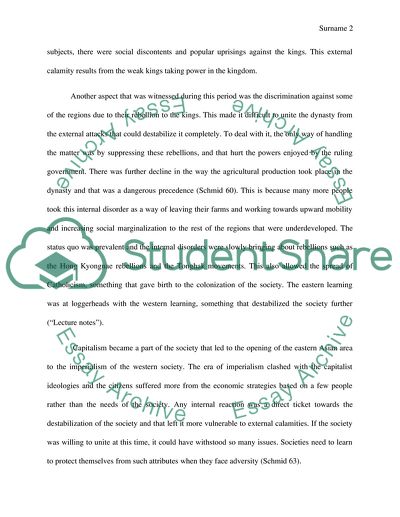Cite this document
(“Cultural History of Korea:Since 1876 Assignment”, n.d.)
Cultural History of Korea:Since 1876 Assignment. Retrieved from https://studentshare.org/literature/1683943-cultural-history-of-koreasince-1876
Cultural History of Korea:Since 1876 Assignment. Retrieved from https://studentshare.org/literature/1683943-cultural-history-of-koreasince-1876
(Cultural History of Korea:Since 1876 Assignment)
Cultural History of Korea:Since 1876 Assignment. https://studentshare.org/literature/1683943-cultural-history-of-koreasince-1876.
Cultural History of Korea:Since 1876 Assignment. https://studentshare.org/literature/1683943-cultural-history-of-koreasince-1876.
“Cultural History of Korea:Since 1876 Assignment”, n.d. https://studentshare.org/literature/1683943-cultural-history-of-koreasince-1876.


